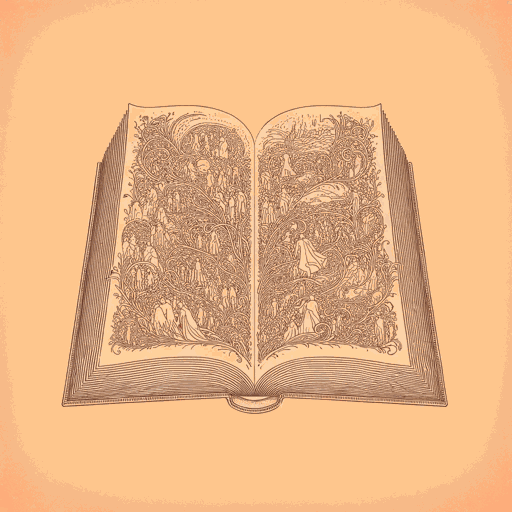32 pages • 1 hour read
Leo TolstoyA Confession
Nonfiction | Essay / Speech | Adult | Published in 1880A modern alternative to SparkNotes and CliffsNotes, SuperSummary offers high-quality Study Guides with detailed chapter summaries and analysis of major themes, characters, and more.
Symbols & Motifs
Tolstoy’s Despair
The author spends much of A Confession in a state of despair regarding his failed search for meaning in life. His efforts to arrive at meaning through rational processes and the acquisition of knowledge occasionally appear to bear fruit but quickly disappoint Tolstoy again and again. He went through prolonged bouts of depression and suicidal ideation, writing that killing oneself is the honorable escape from the absurdity of life in Chapter 8. It is not until the last quarter of the narrative when Tolstoy engages with faith in a new way that his despair seems to lift, although it always finds ways to interrupt his moments of clarity.
Elites Versus Common Folk
Tolstoy continually contrasts himself and other people of his “class,” meaning the educated and relatively affluent Russians of his time, with working-class people, and finds the elite class to be leading inferior lives. The elites are “parasites” (69) who refuse to face discomfort, while common laborers endure their lot in life without complaint. Most importantly, elites wander through life aimlessly while poor workers live rich lives full of meaning. A pivot point in Tolstoy’s narrative comes when he decides to abandon his class and take on the life of a simple laborer to discover meaning.
Related Titles
By Leo Tolstoy

Anna Karenina
Leo Tolstoy

God Sees the Truth, but Waits
Leo Tolstoy

Hadji Murat
Leo Tolstoy

How Much Land Does a Man Need
Leo Tolstoy

Master and Man
Leo Tolstoy

The Cossacks
Leo Tolstoy

The Death of Ivan Ilyich
Leo Tolstoy

The Kreutzer Sonata
Leo Tolstoy

War and Peace
Leo Tolstoy

What Men Live By
Leo Tolstoy

